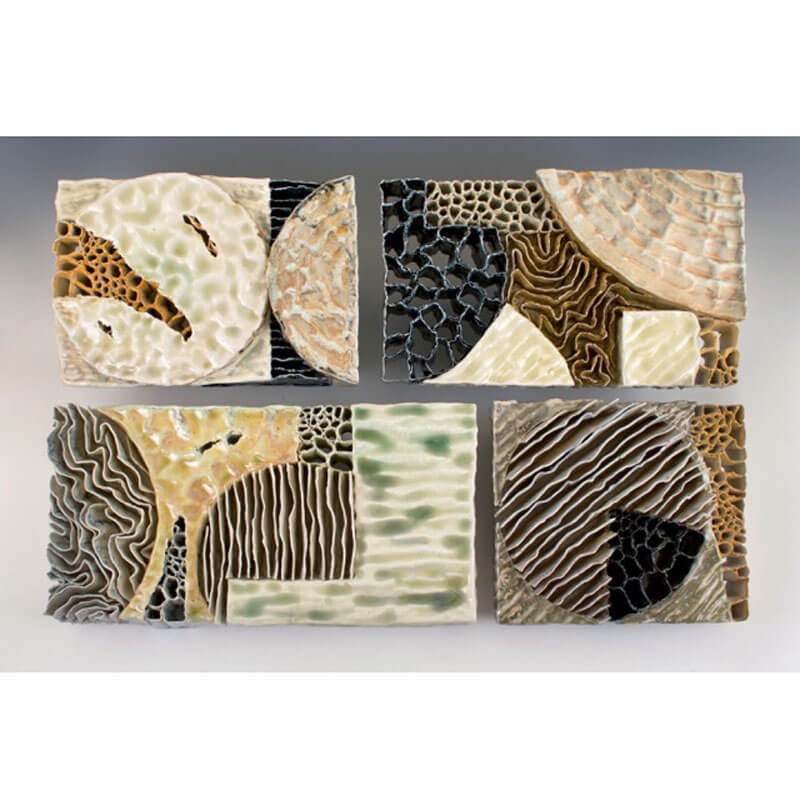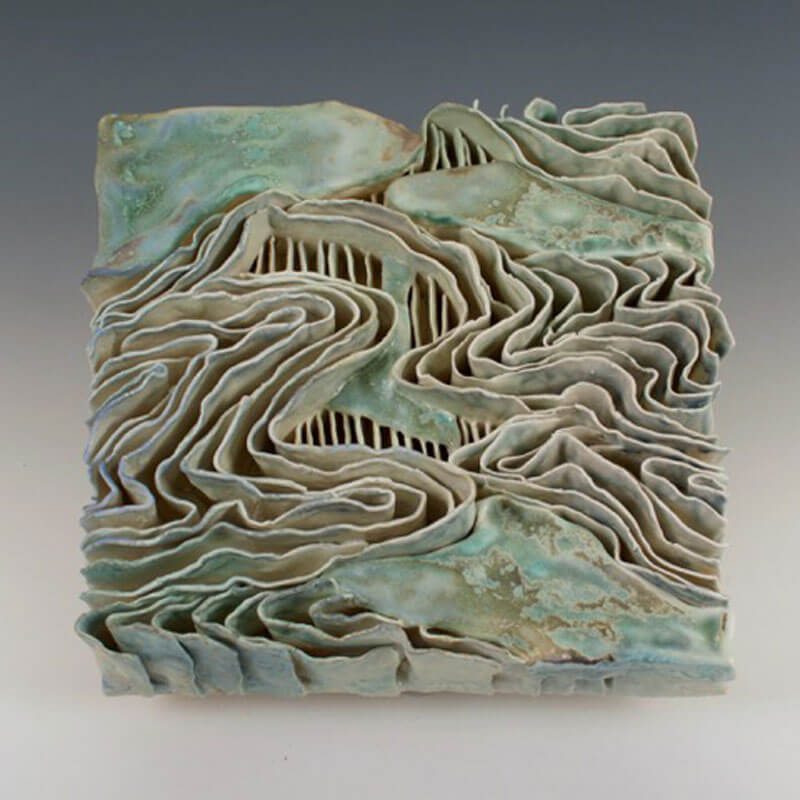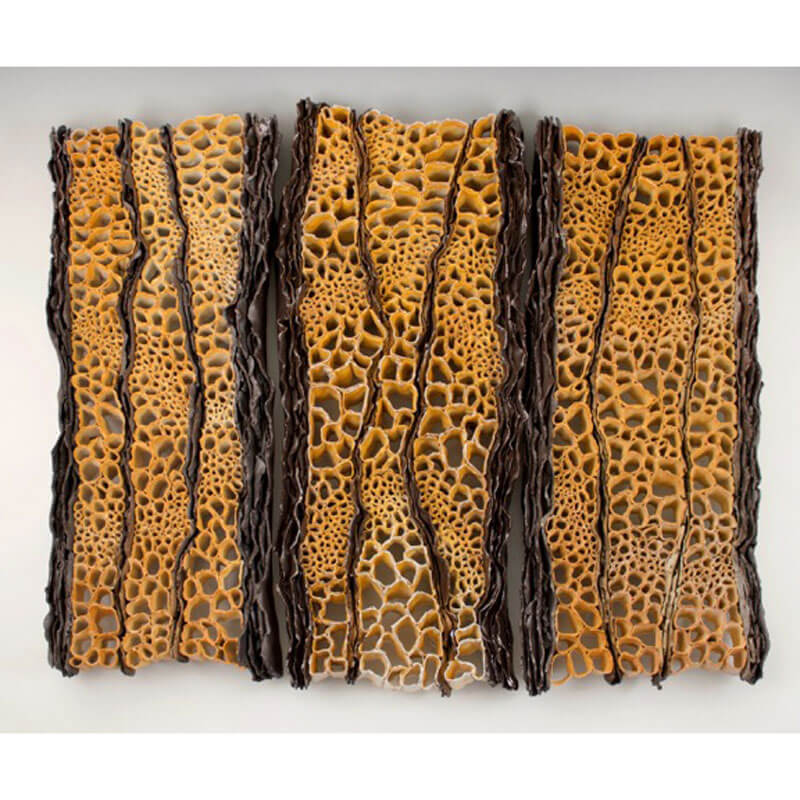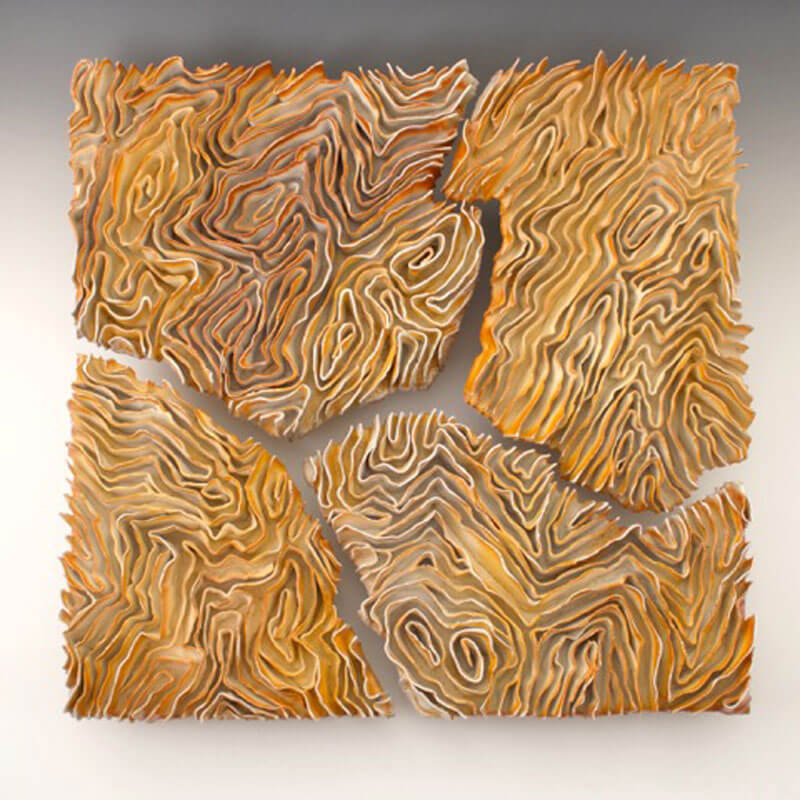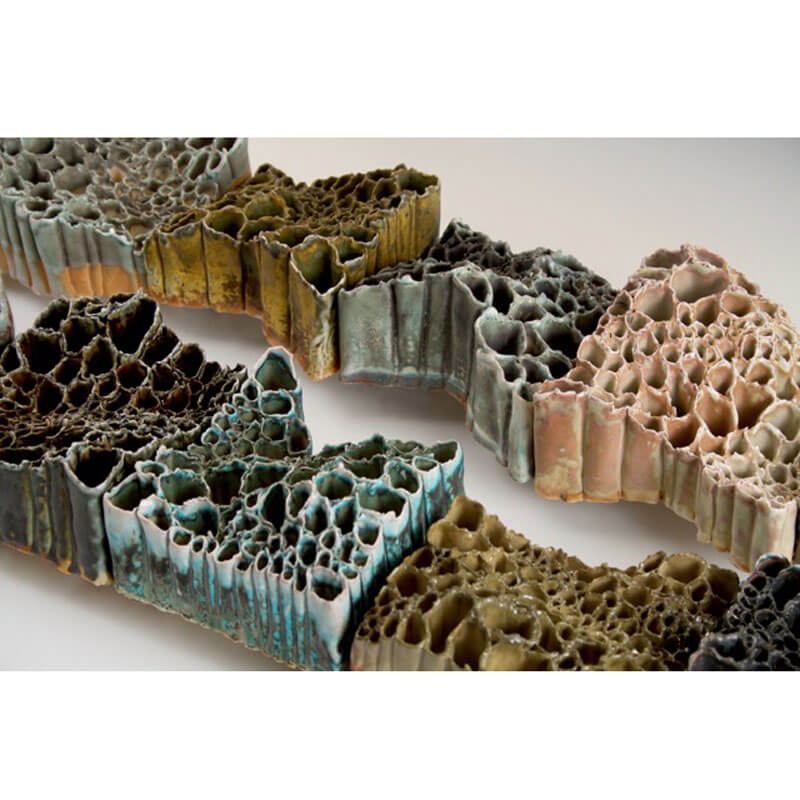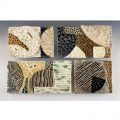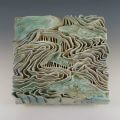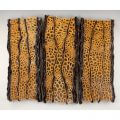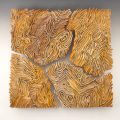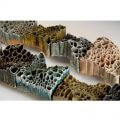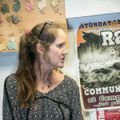
Red Lodge Clay Center – Short-Term Resident (AIA) 2019
Sara Ransford received her BFA from CU Boulder (1984), where she studied under Betty Woodman and Anne Currier. She has been an artist in residence at Anderson Ranch Arts Center in Snowmass Village, CO, and has taught workshops there and across Colorado and Hawaii. In 2001 she attended Alfred University, and in 2011 was awarded The Red Brick 2011 Artist Tribute from Red Brick Center for the Arts.
Her exhibition record includes the Aspen Art Museum, Arvada Center for the Arts, Harvey Meadows Gallery, The Michael Warren Contemporary Gallery, Anderson Ranch Arts Center, Santa Fe Clay, San Angelo Center for the Arts in Texas, Western Colorado Center For The Arts, Las Cruces Museum of Art, Evelyn Siegel Gallery, and the Foothills Art Center, among others. In 2017, she was chosen as one of the artists represented in the Colorado ArtBeat film series.
Fascinated by the forces of erosion and deposition I discover during my travels, my paper clay sculptures explore the impact of vulnerability, protection and duplicity. I’m captivated by complex, repetitive patterns found in the (in)/organic structures of desert plants, ocean coral, rocks, and human’s mark on the landscape. The remarkable beauty of desert canyons reveal historical marks left by unanticipated water events as earths history is recorded. As significant events occur in nature and in our lives, past events are exposed, new paths emerge, and events out of our control can permanently alter a river’s course, or respectively impact us for generations. Negative space represents the impressions of past events, past relationships, words not said, the space between us -as I seek to provoke mystery through the interaction of separate elements. Using the tension and harmony I witness in nature as a metaphor for a window into our subconscious, the surprising strength of paper clay allows me to explore those disparate relationships by incorporating torn and fragile components ultimately representing the monumentality of even the most intimate, complex spaces.

